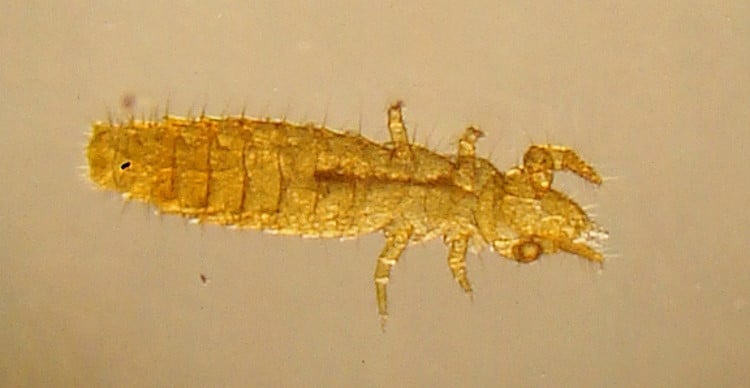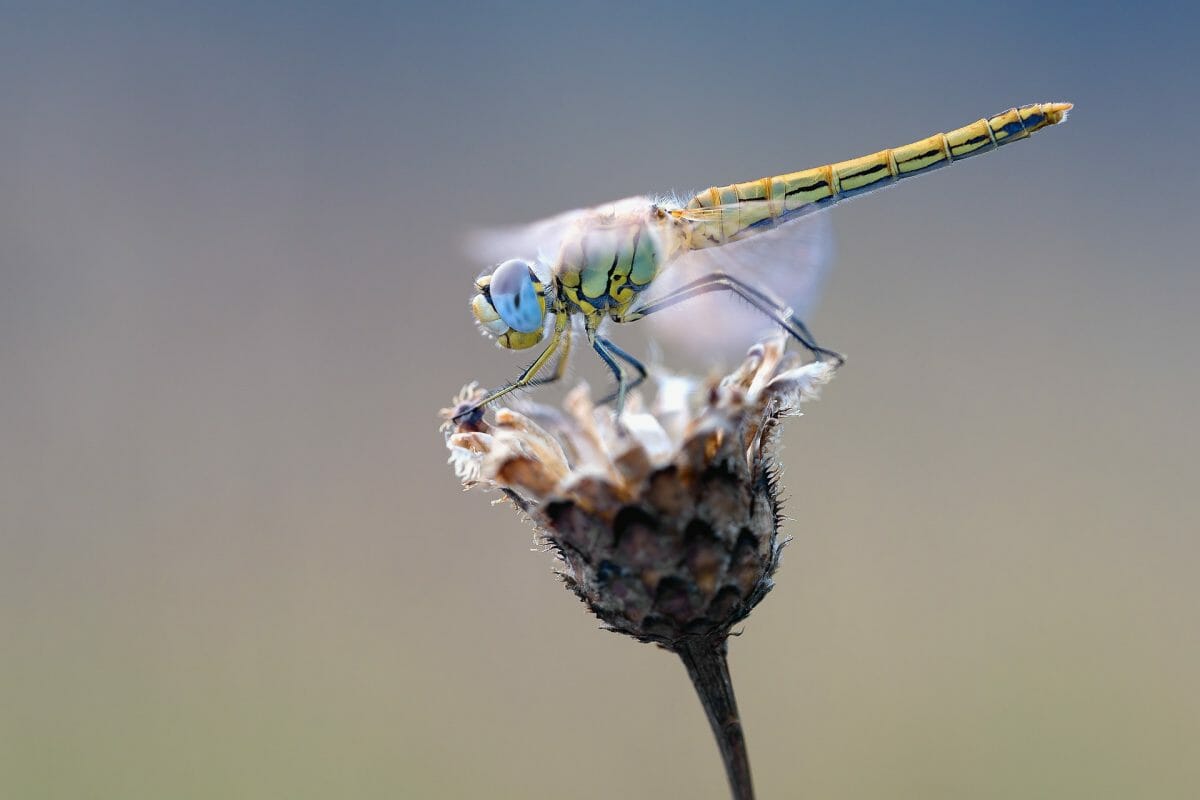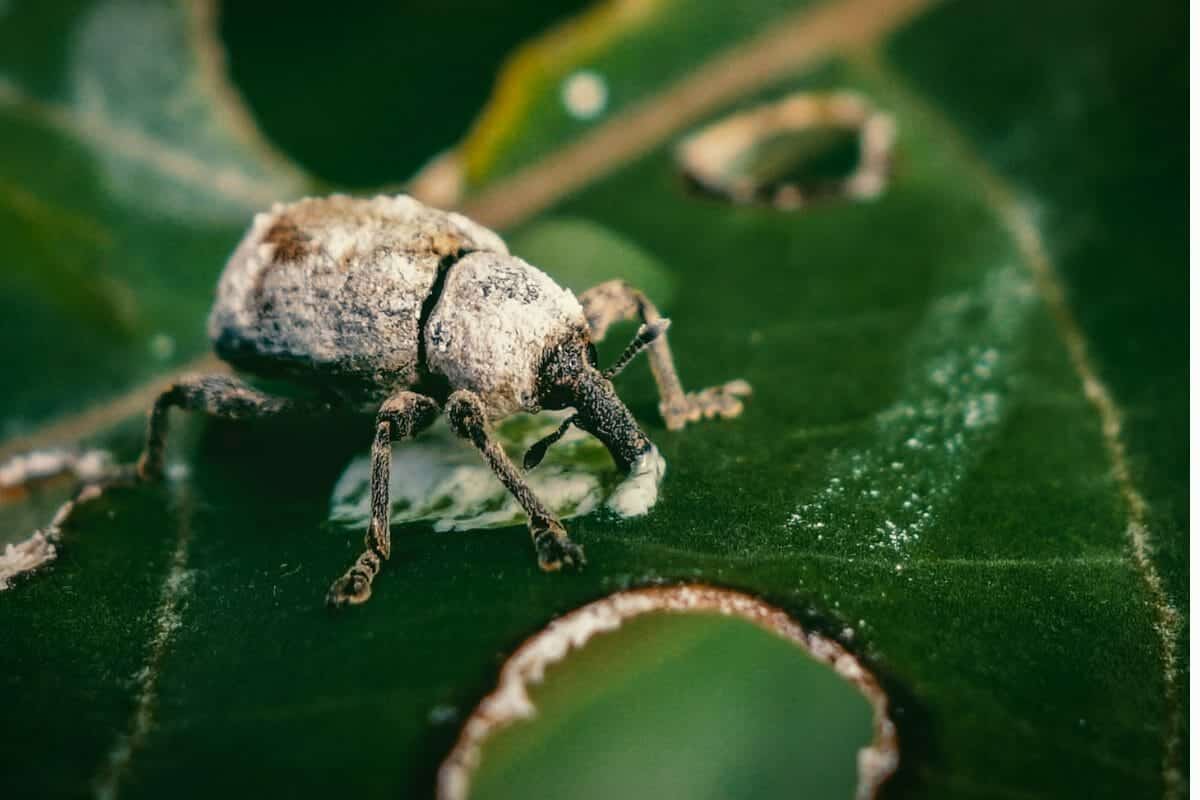Millipede Care Sheet: How To Look After Your Pet Millipedes
Millipede Care Sheet: How To Look After Your Pet Millipedes
Millipedes do not actually have 1,000,000 legs, or even 1,000 (milli is the Latin for 1,000) but they do have a lot – and some species can have more than 700. Though yours will probably have between 200 and 300 when it is an adult (count the body segments, multiply by 4 add subtract 8).
All Millipedes are members of the phylum Arthropoda and the Class Myriapoda (along with the Centipedes) and the subclass Diplopoda.
This is a reference to the fact that each of what looks like the Millipede’s body segments to you, is in fact 2 body segments fused together. This explains why they have 2 pairs (4) of legs on each apparent body segment.
Millipedes are essentially soil animals and in some ecosystems, they are more important than worms as agents of soil turnover. Like worms, they eat the soil as they burrow through it.
The Cage
The cage should be larger than the Millipedes, I prefer a fish tank at least as wide and twice as long as the length of the largest Millipede.
All Millipedes are burrowers to some extent and the cage should contain at least 5 inches of a damp mixture of peat and sterilised compost in the bottom.
The substrate should be kept damp at all times. Remember it will dry out from the bottom if heated from below by a heat-pad and you might not notice that it will dry out more quickly at the heated end.
Remember pet Millipedes produce a lot of faeces and eat the soil, so clean them out occasionally.
Temperature
All Giant Millipedes come from tropical or sub-tropical environments and you will need to keep them warm. The best way to heat the cage is to get a Heat-mat. This should be placed so that half the cage is resting on it and half isn’t -this will create a temperature gradient and allow your pets to find their own favourite spots.
Feeding
Different species of Millipede feed on different things in the wild. Many eat rotten fruit and veg, but some are specialist on fallen and decaying leaves – and you should ask your supplier what yours eat when you get it.
If he seems unsure or you have already bought them, try offering your pet millipede a mixture of leaf-litter in various states of decay and some freshly over-ripe soft fruit (stone fruits, tomatoes and bananas are good, as are small melons and pumpkins) with some mushrooms and/or lettuce occasionally.
It is important to remember that pet Millipedes have a positive requirement for calcium in their diet (they use it to build their skeletons) and you will need to supply them with some. You can buy calcium supplements from most pet shops these days. You can also make your own by scraping a cuttle fish skeleton with a knife over their food and into the compost.
Breeding
Your pet millipedes will breed naturally if they are adult and happy. Their genitalia are on their 3rd body segment and the males have their 1st pair of legs on their 7th body segment, modified into a special pair of clasping organs.
They often carry these held up close to the body and this allows you to tell what sex your pet millipede is.
Millipedes have a simple courtship which involves the male walking along the females and stimulating her with rhythmic pulses of his legs. When the female raises her front segments, the male entwines her body around her; when their genitalia are opposed, sperm transfer occurs.
Females can and will mate many times, but can be damaged or even killed by larger males which can force them to bend backwards too far (though I have never seen this happen).
The female will lay her eggs in a nest she constructs of compressed soil below the soil surface. In many species, she will stand guard over her eggs until they hatch. Baby Millipedes are born with only 4 or 5 body segments, of which the first has no legs at all and the next three have only one pair of legs each – and the rest have none.
As they grow, they rapidly add more ‘diplo’ segments (each of these has the normal 2 pairs of legs) each time they moult. Like all other Arthropods, Millipedes grow by moulting (shedding their skins); millipedes moult underneath the soil surface in a special little chamber they build for this purpose, so don’t worry if you don’t see them doing it.
Be patient though and know that millipedes are slow growers: the largest species can take up to 10 years to reach maturity. Most different species of millipedes can be kept together, providing they have the right foods.
Warning
Some species of Giant Millipedes can exude a defensive fluid from some special glands in their bodies – and in some cases these can be very corrosive so be careful! I have never been hurt by any of the Millipedes I have kept.
On a final note, Millipedes make wonderful and fascinating pets if cared for properly and I wish you lots of fun with yours.
What Next?
A great book on this subject is Your First Millipede and Cockroach, by Nick Baker, aimed at specifically Children






Hello, just saw this site and wanted to chime in with a question if anyone has an answer or wants to deal with it/me. I recently moved and started finding these little worms creeping around outside around my house and right up to my garage door and my walkway to the door and brushed them away then the kids started asking Q’s about these little crunchy worms saying “when you squash them it’s crunchy”. Started noticing them more & more, seeing they were trying like heck to get inside. I did a little looking online and found that they love brick & mortar, ahaa, my front is all pavers right up to my porch and the face of my outside front wall is made of brick. Getting to my question, I started by when I would get home and unlock my door I started collecting ones I noticed that were walking and obvious & ended up being handfuls and started just throwing them into a little bucket with some damp soil. It’s winter now in Massachusetts where I live. How many can the bucket of those multiply into when they reproduce, a couple babies from each female in their, or more? I don’t know because I just found out what they even were? Like I said if anyone knows or wants to type a response back, I would be very greatfull. Thank you, sincerely, Stephen E
I keep Ophyiulus pilosus millies…i have had 3 lay eggs thus far, just recently. I can’t find anything online about millipede eggs…like special care? How long till they hatch? Do I seperate the eggs from my group? They are TINY millies and REALLY TINY eggs, I have 24 in my enclosure 12 males and 12 females. I have seen them mate numerous times now so I’m sure I have more eggs on the way soon so I want to make sure I am caring for them properly. I’m new to the millipede hobby, and I was not aware how little info there is out there in general, but even less when it is anything but the giant species.
Your page was the most helpful I’ve found, so thought I would give it a shot asking.
Thanks so much!
I would generally recommend leaving the eggs in situ, disturbing them could be damaging. Keep good records of everything and maybe you can add to the world’s knowledge. I would worry a bit about over-crowding, I don’t know the size of your container, but 24 already seems like a lot in one place. Most animals, humans included, have their quality of life reduced by too dense populations.
Hey! Thanks so much for the reply!
I have been documenting EVERYTHING like when I visually confirm mating, and when eggs have been laid, etc. Taking viedos of them and lots of pics!
I understand that 24 sounds like alot in one place but they have LOTS of space in my enclosure, like they can all be in their own spot and not have to share. Lol They are all under 1 inch in size, so they don’t take up much space in general, but they do have a good amount to roam and be happy. They always have wood to feed on, and I add calcium to their substrate, but they always like veggies, I used to think they loved cherry tomatoes, which they do…but then I gave them cucumbers and they REALLY love those. I also keep softened fish food with calcium powder added which they seem to eat pretty regularly as well. And I use soaked cotton balls for fresh water, as they have a tendency to dive in the water dish and cant get out. So I read that idea online and have been using it. They also have rocks to ride under and moss as well to hide and climb in.
They eat, dig, roam, breed, and lay eggs so I assume they are doing well in their environment. I am concerned however with having at least 3 visible egg clutches (not sure if that’s what they are called?) and possibly more i cannot see, hatching and then we would have overcrowding for sure. I was thinking once they are grown enough I would release them outside, but I do not know how long they will take to hatch or grow, and I live in WI and its still snowed as of yesterday so I cannot do that for some time yet. I can see 2 of the clutches clearly and one has maybe 15 eggs and the other maybe 20 eggs. So that is ALOT of additions!
Sorry for the long messages! 🙁 Just wanting to get as much info as I can!
Thank you again for your reply!!!
Hey Gordon I also write poems!
What a fantastic website!
I just found this site whilst I was looking for info on Thyropygus allevatus uncinatus
/Siamese Pointy-tailed millipedes
.
There’s so much information here. Do you have any specific information on Thyropygus allevatus uncinatus?
Many thanks
Andy
Sorry Andy, no I don’t have any info on Siamese pointy-tailed millipedes.